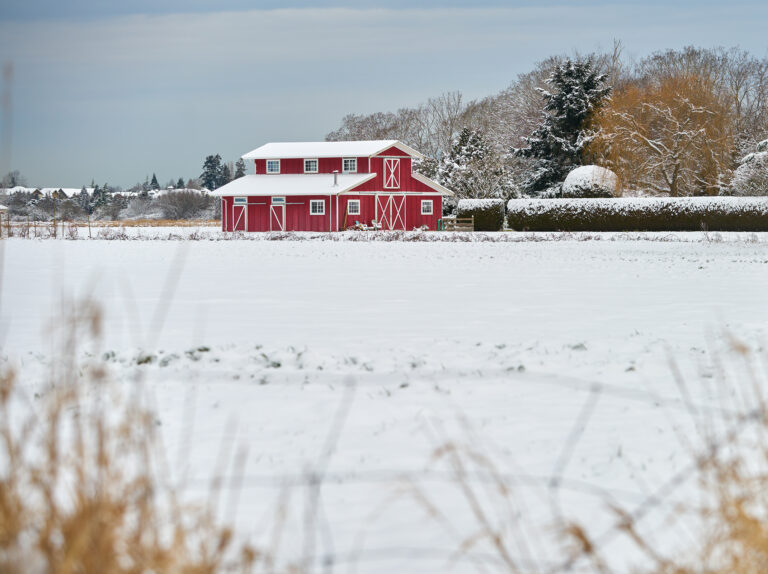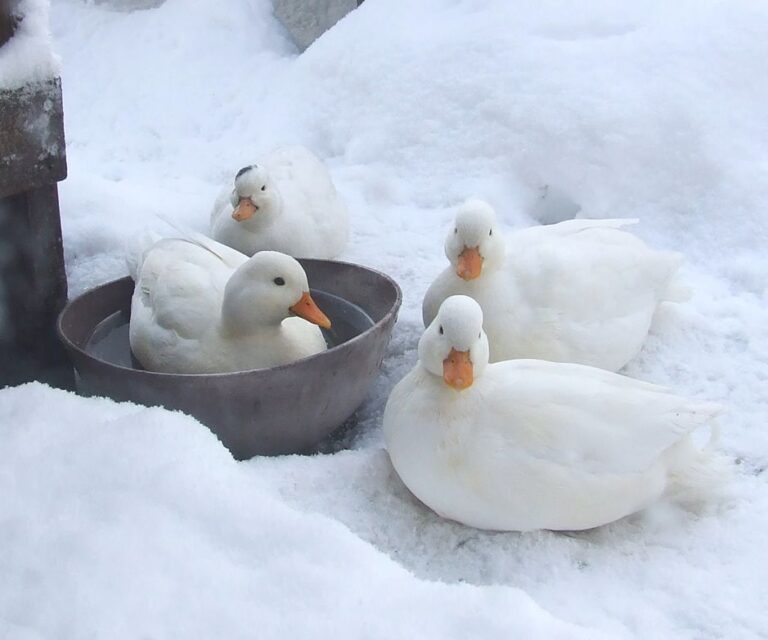Winter Preparation for Poultry & Selecting Breeders

As the days grow shorter and temperatures begin to drop, poultry keepers must start preparing their flocks for the challenges of winter. Whether you’re raising chickens, ducks, or other fowl, ensuring your birds are healthy, warm, and productive through the colder months is essential. Winter is also a strategic time to evaluate and select breeders for the upcoming spring hatching season. Here’s how to approach both tasks effectively.
Winter Preparation for Poultry
1. Coop Insulation and Ventilation
A well-insulated coop helps retain warmth, but ventilation is equally important to prevent moisture buildup, which can lead to frostbite and respiratory issues. Ensure your coop:
- Has no drafts at bird level.
- Includes vents near the roof to allow moist air to escape.
- Uses deep litter bedding (like straw or wood shavings) to provide insulation and composting warmth.
2. Lighting for Egg Production
Hens need about 14–16 hours of light daily to maintain egg production. Consider adding a timer-controlled light to supplement natural daylight, especially in northern regions.
3. Water and Feed Management
- Use heated waterers or change water frequently to prevent freezing. Be sure to be careful with waterfowl, specifically geese, as they may chew the electric cords and electrocute themselves.
- Increase feed slightly, as birds burn more calories to stay warm.
- Offer high-energy treats like cracked corn in the evening to help them generate body heat overnight.
4. Health Checks and Parasite Control
Before winter sets in:
- Conduct a flock health check.
- Deworm if necessary and treat for mites or lice.
- Trim feathers around vents if needed to keep birds clean and dry.

Selecting Breeders for Spring
Winter is an ideal time to evaluate your flock and select the best candidates for breeding. This ensures you’re improving your stock and maintaining healthy, productive birds.
1. Evaluate Physical Traits
Choose birds that exhibit:
- Strong body conformation.
- Good feather quality and color.
- Bright eyes and active behavior.
- No signs of deformities or chronic illness.
2. Consider Production Records
Track egg production, growth rates, and feed efficiency. Select hens and roosters from lines that consistently perform well.
3. Genetic Diversity
Avoid inbreeding by maintaining genetic diversity. If needed, plan to introduce new bloodlines in the spring.
4. Temperament and Behavior
Select birds with calm, manageable temperaments, especially if you plan to hatch chicks and raise them around children or in a community setting.
Final Thoughts
Preparing your poultry for winter and selecting breeders are two sides of the same coin—both ensure the sustainability and success of your flock. With proper planning, your birds will not only survive the winter but thrive, setting the stage for a productive spring.
